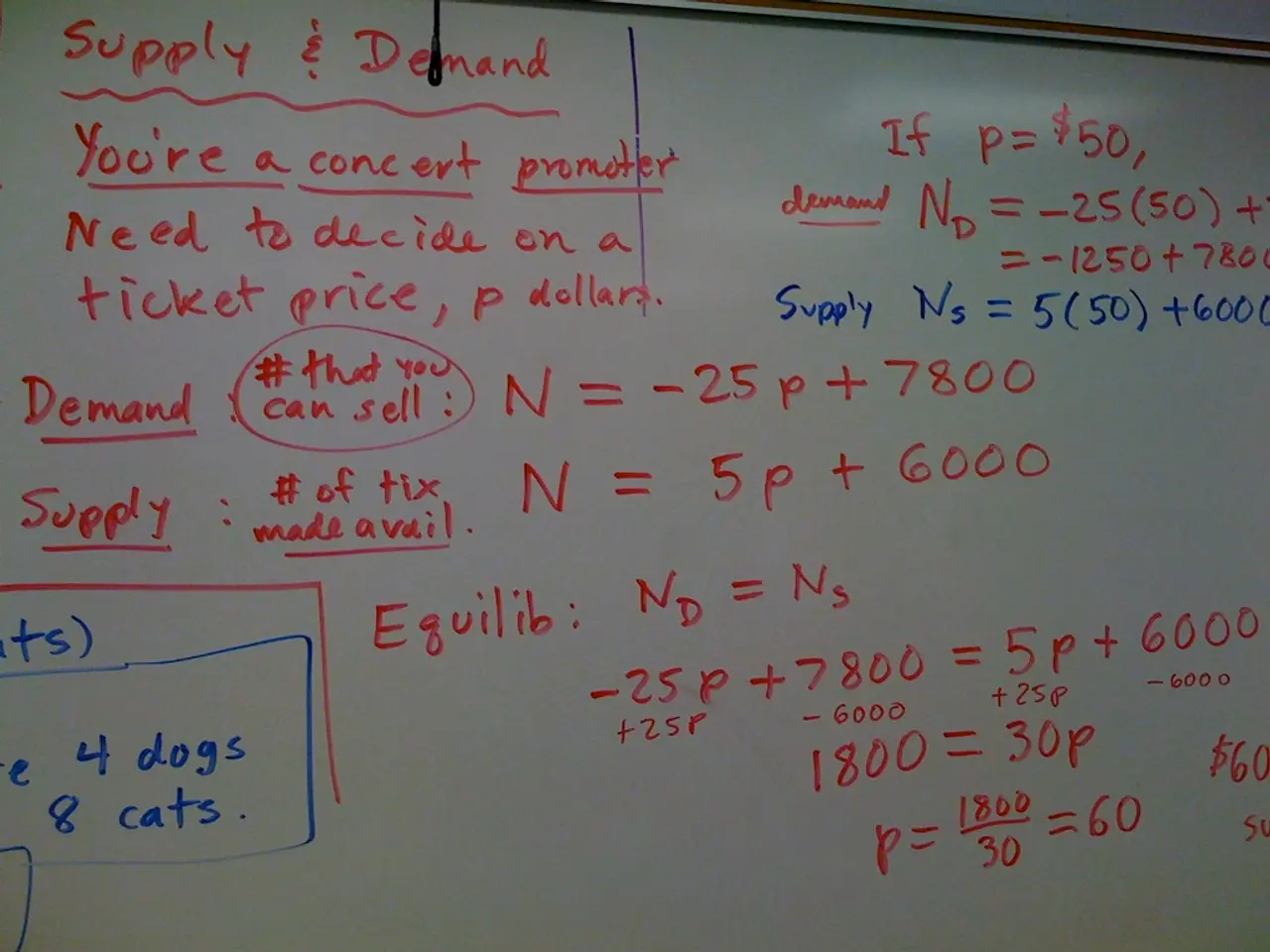Insights for Mastering English with Practical Role-Plays
In the realm of education, real-world simulations have emerged as a powerful tool for enhancing English language proficiency. These simulations involve creating scenarios that mimic real-life situations, providing learners with a practical, engaging, and effective way to practice language skills.
The process of implementing real-world simulations requires careful planning and collaboration between educators and learners. Scenarios can range from simple shopping experiences to complex corporate negotiations, catering to various learning objectives and proficiency levels. Examples of these simulations include mock job interviews, ordering food at a restaurant, or participating in a meeting, all designed to replicate authentic scenarios where English is typically used.
One strategy for successful implementation is task-based learning, which focuses on tasks that simulate real-life use of language. This approach integrates language skills with practical tasks, enhancing engagement and relevance. Another strategy is the use of authentic materials, such as news articles, videos, podcasts, and social media, to provide context for new vocabulary and grammar.
Real-world simulations also promote collaborative learning, encouraging group discussions and collaborative problem-solving to mimic real-life communication scenarios. After simulations, learners are given opportunities to reflect on their experiences, identifying what worked well and what could be improved, fostering a growth mindset and continuous improvement.
The benefits of real-world simulations are numerous. They enhance fluency and confidence, allowing learners to practice speaking and listening skills in a safe environment. They also develop critical thinking and adaptability, as learners are exposed to diverse scenarios that require them to think critically and adapt their language use to different situations.
Moreover, real-world simulations increase learner motivation by making language learning more relevant and enjoyable. They also better prepare learners for real-life situations, making them more effective communicators outside the classroom.
In comparison to traditional classroom settings, real-world simulations offer a more dynamic and interactive learning environment. They allow learners to apply theoretical knowledge in practical contexts, enhancing both language proficiency and socioemotional skills.
Technology plays a significant role in making learning more engaging, accessible, and flexible. Virtual reality and augmented reality technologies provide immersive, interactive environments for English learning, breaking geographical barriers and fostering a global learning environment.
Real-world simulations embed cultural elements into simulations, helping learners develop a broader understanding of social norms, values, and customs inherent in different English-speaking communities. They also enhance the ability to think critically and solve problems, as they require learners to employ analytical skills alongside language proficiency.
Online forums, social media, and video conferencing tools offer access to global communities for real-time conversation practice. Language learning apps use gamification to create simulation-like experiences, offering challenges, rewards, and contextual practice.
In conclusion, real-world simulations offer a wealth of benefits for English language learners. They provide a non-threatening environment where learners can practice without the fear of harsh judgment or failure, build confidence, and develop critical thinking skills. As technology continues to evolve, the potential for real-world simulations to revolutionize language learning is immense.
The integration of real-world simulations into education-and-self-development programs can serve as a potent instrument for fostering lifelong-learning, particularly in the realm of English language proficiency. These simulations, by facilitating task-based learning and the use of authentic materials, promote engaging, relevant, and effective language practice.




